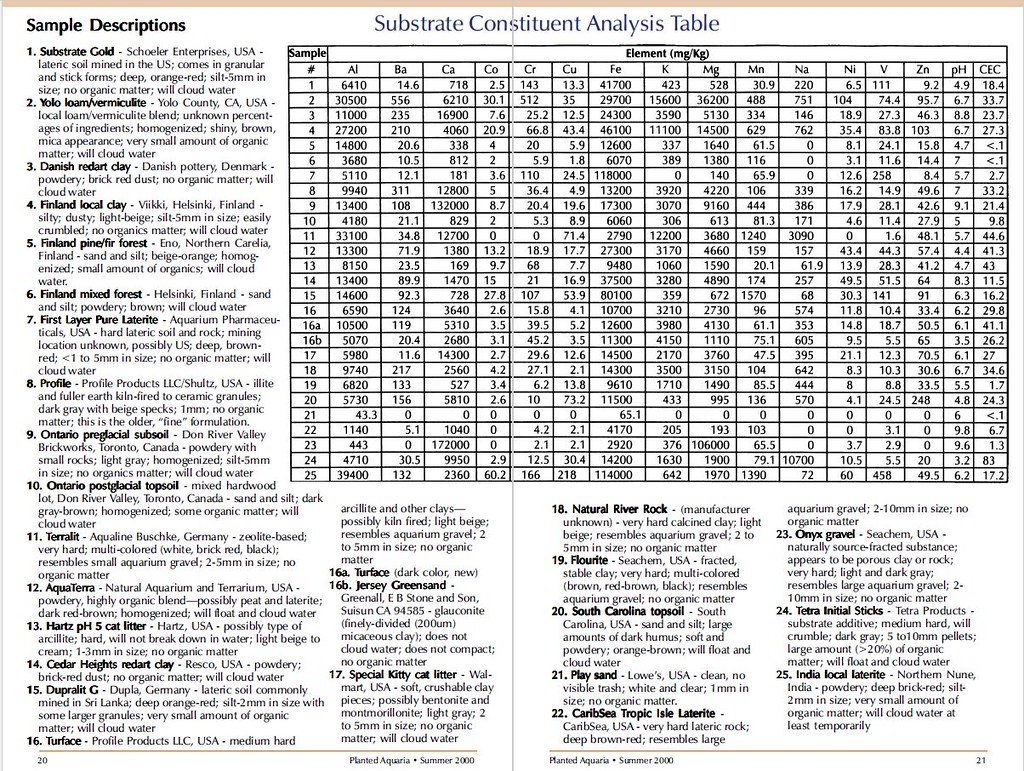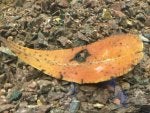Hello.
I am planning on changing my inert gravels and sand to a plant substrate .
I really love seachem Flourite descriptions and review.
But the real reason I want to go with Flourite is it's high CEC and no breakdown over the years .
But !!!
They have so many versions:
Flourite
Flourite dark
Flourite black
Flourite red
.....................
Flourite sand
Flourite black sand
So far , as I began to try and learn how to grow plants in an aquarium , I discovered the hard way that carpet plants like my Monte Carlo just won't grow in inert 3 mm gravel. It's two months now and it's just alive, no spreading.
Now , as I understand carpet plants and fine rooted plants in general need finer substrates aka sand in order to spread.
Back on the subject of Flourite .
What are the differences between normal ,red and dark ? Just the colour ? And what is it's grain size? I haven't found this info anywhere on the internet.
Now , I really don't want to bother with two grain sizes in the same tank, one portion with coarse substrate for normal plants and a finer one for carpet...it would become a mess, mixing etc...
I also heard that regular flourite (the orange-ish one) is coarser than flourite black? Is it true?
What you recommend me?
Is the regular flourite good for carpets? I expect to be harder at first until the Monte Carlo establishes but will it be able to spread and carpet in regular flourite/dark/black/red( assuming they just differ in colour)?
I am planning on changing my inert gravels and sand to a plant substrate .
I really love seachem Flourite descriptions and review.
But the real reason I want to go with Flourite is it's high CEC and no breakdown over the years .
But !!!
They have so many versions:
Flourite
Flourite dark
Flourite black
Flourite red
.....................
Flourite sand
Flourite black sand
So far , as I began to try and learn how to grow plants in an aquarium , I discovered the hard way that carpet plants like my Monte Carlo just won't grow in inert 3 mm gravel. It's two months now and it's just alive, no spreading.
Now , as I understand carpet plants and fine rooted plants in general need finer substrates aka sand in order to spread.
Back on the subject of Flourite .
What are the differences between normal ,red and dark ? Just the colour ? And what is it's grain size? I haven't found this info anywhere on the internet.
Now , I really don't want to bother with two grain sizes in the same tank, one portion with coarse substrate for normal plants and a finer one for carpet...it would become a mess, mixing etc...
I also heard that regular flourite (the orange-ish one) is coarser than flourite black? Is it true?
What you recommend me?
Is the regular flourite good for carpets? I expect to be harder at first until the Monte Carlo establishes but will it be able to spread and carpet in regular flourite/dark/black/red( assuming they just differ in colour)?







